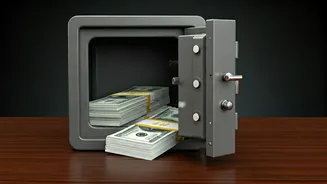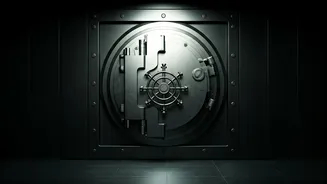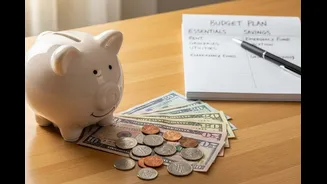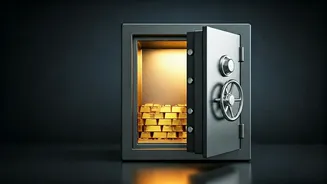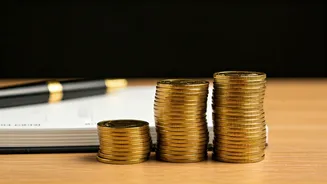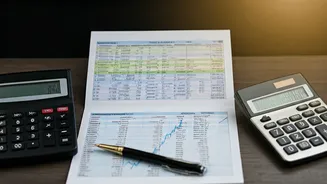Defining Your Safety Net
An emergency fund is a pool of readily available cash set aside to address urgent financial needs. Think of it as a buffer against life's unpredictable
moments, offering peace of mind when unforeseen expenses arise. It is designed to cover unexpected costs without requiring you to go into debt or liquidate long-term investments. This financial cushion allows you to handle emergencies, preserving your financial stability and helping you avoid high-interest debt that can be financially crippling. Ultimately, an emergency fund provides a sense of security, protecting you from financial distress during challenging times.
When to Withdraw Funds
Knowing when to access your emergency fund is crucial. It is primarily for unforeseen, critical expenses. A job loss, a major home repair (like a burst pipe), or a sudden medical bill are all valid reasons to utilize your fund. Conversely, resist the temptation to use it for non-essential purchases like vacations, down payments on a new car, or any elective expenses. Stick to genuine financial emergencies to preserve the fund’s integrity. Carefully assess each situation and ensure it truly qualifies as an emergency before making a withdrawal. This cautious approach ensures the fund remains available for its intended purpose: providing essential financial protection during unforeseen crises.
Building Your Buffer
Creating an emergency fund involves deliberate planning and consistent effort. Start by establishing a savings goal. A commonly recommended target is to save 3 to 6 months' worth of essential living expenses. Calculate your monthly necessities (housing, food, transportation, utilities, etc.) and multiply by the desired number of months. Automate your savings by setting up regular transfers from your checking account to a high-yield savings account. Treat these transfers as non-negotiable bills. Also, consider setting up a separate account specifically for your emergency fund, and resist the temptation to access it for anything other than true emergencies. Any windfalls, such as tax refunds or bonuses, should go straight into your emergency fund, boosting your financial safety net more rapidly.
Safe Fund Storage Options
The location of your emergency fund matters. You want a safe place that is easily accessible. High-yield savings accounts or money market accounts are ideal choices. These accounts are usually insured by government agencies, meaning your money is safe. They also offer a competitive interest rate, which allows your fund to grow. Avoid riskier investments such as stocks or bonds, as they can fluctuate in value and may not be readily accessible during a financial crisis. Another option might be a certificate of deposit (CD), offering higher interest rates, but consider the potential penalties for early withdrawal. The primary focus should be on liquidity and security.
How It Works: Example
Imagine losing your job. With an emergency fund, you could cover your living expenses while you look for new employment. Let's say your monthly expenses are ₹40,000, and you have a 6-month emergency fund, totaling ₹2,40,000. This fund can cover your essential costs until you have a new income stream. Without it, you might turn to high-interest credit cards or take out a costly loan, potentially digging yourself into deeper debt. Using an emergency fund will allow you time and space to navigate the situation without the added stress of financial ruin. The fund helps you maintain your lifestyle, and provides the flexibility to make reasoned decisions during challenging times.
Keeping It Safe
Once established, maintaining your emergency fund is crucial. If you need to use the fund, replenish it as soon as possible. Develop a budget to get back on track. Look for ways to save more. Consider cutting unnecessary expenses to redirect those funds back into your emergency savings. Review your financial situation periodically. Life can change, and so can your needs. Adjust your target amount based on your new life situations. Regularly assess your current financial standing, and ensure you are prepared for future emergencies. This regular review helps ensure your emergency fund remains adequate and can serve its purpose when needed.
